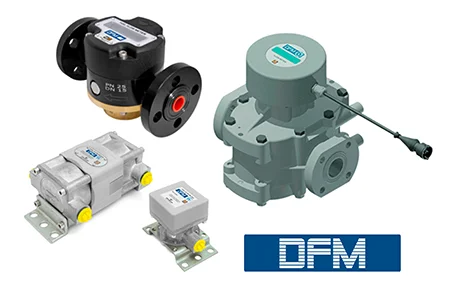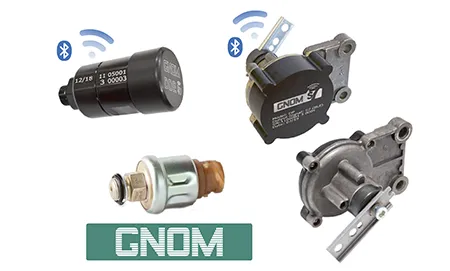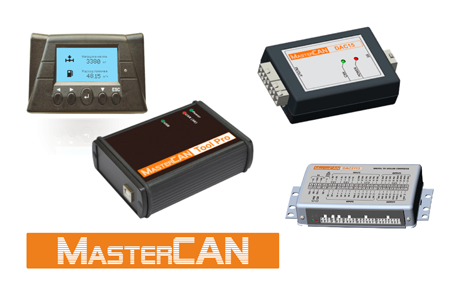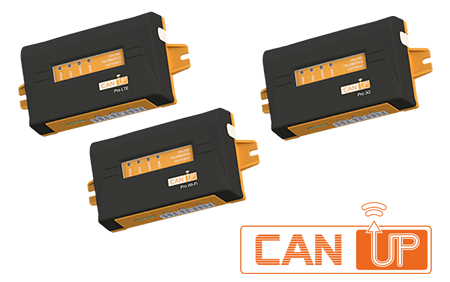Predictive Maintenance

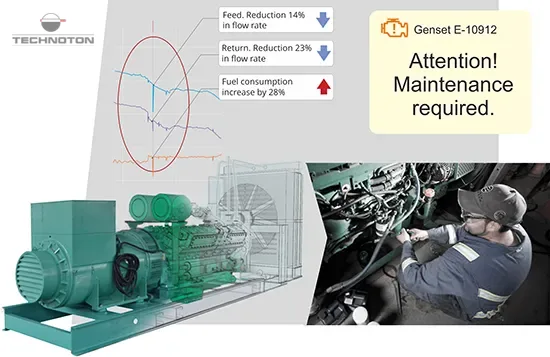
Predictive maintenance (proactive maintenance) is a method of maintaining vehicle or machinery fleet health, based on monitoring current operation parameters and detecting signs of forthcoming malfunctions, and thus carrying out repair actions and replacing consumables at the time of real need.
Proactive technical maintenance method is a promising alternative to scheduled maintenance, which is carried out at intervals approved by internal fleet regulations, regardless of actual technical condition of parts and mechanisms. Unlike scheduled maintenance, objectives of preventive maintenance method are to detect the moment of real need for maintenance and as result ensuring smooth operation of machinery, thereby reducing fleet operation costs of vehicle (or other machinery) owner or operator.
No time for reading?
Areas of implementing predictive (proactive) maintenance
Predictive maintenance is more suitable for advanced (complex) machines that work in difficult conditions, which do not allow to ration fuel consumption, engine or other parts wear-out. Advanced (complex) machines: mining and quarrying equipment, construction machinery, special vehicles for oil and gas extraction, railway equipment, water transport, diesel gensets and power plants.

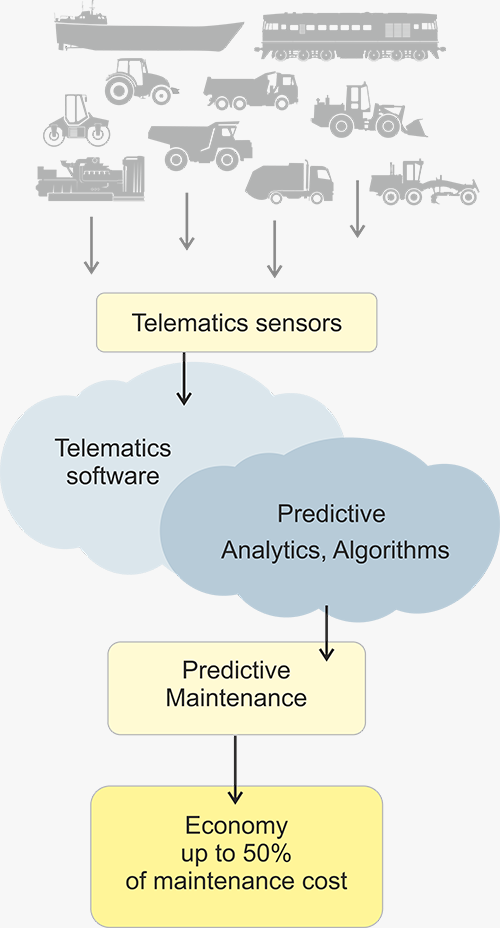
Benefits of implementing predictive maintenance
Considering price of complex machinery and its maintenance costs, which can be up to 50% of all fleet operating costs, the use of 24/7 real time remote equipment diagnostics and implementation of predictive maintenance method allows fleet owner to reduce total fleet costs thanks to the following benefits:
- reducing risks of equipment downtime due to unexpected breakdowns;
- increasing service life of machinery through careful operation;
- optimizing maintenance rapidity – technical team is prepared for work in advance;
- improving fuel economy – e.g. fuel consumption does not increase due to wear of fuel filters
- saving on spare parts replacement -part whose resource has not been developed are not serviced;
Implementing predictive maintenance
Predictive maintenance is based on obtaining accurate data on the operation of equipment (machinery, vehicles) – machinery operation parameters. The more parameters are monitored, the more complete picture the company has about fleet operation.
Additional intelligent devices, such as sensors, flow meters, i/o modules, as well as standard vehicle units (sensors, electronic control units (ECU) are used for measuring parameters of machinery. Telematics device made by Technoton are able to detect over 10,000 possible parameters of equipment operation.
Operation parameters of machinery are transmitted to a telematics server – online web-based platform used for GPS tracking, data storage and analysis. Telematics server displays the data and reports received from telematics gateway and other onboard units of machinery, analyzes changes in the parameters and generates recommendations for users.
Stages of predictive maintenance implementation:
1. Define operation parameters to be monitored.
Composing a list of important parameters, both standard and specific to a particular machinery, which change means the need for carrying out equipment maintenance.
2. Select onboard devices (sensors, readers, gateways).
Types of additional sensors, meters, i/o modules, gateways to be used; data set that can be obtained from the standard vehicle (equipment) units.
3. Develop data analysis procedure.
A search for patterns – i.e. typical behavior of parameters during normal operation and in a pre-emergency state, identification of a responsible person and a response procedure.
4. Install the onboard devices, checkout the telematics system.
In-field works by telematics system technicians, installation and commissioning, telematics device testing, fleet personnel training for using telematics system.
5. Accumulation and analysis of data, day-to-day operation and maintenance of telematics system.
Before predictive maintenance method can be fully implemented and yield first results, the telematics system needs to accumulate a lot of data about machinery operation. The data is subsequently analyzed in a “manual” mode or using machine learning methods (p. 3.). On-board equipment is serviced by technical specialists to maintain good condition.
Machinery operation parameters monitoring in predictive maintenance
A sharp unusual change in operating parameters may indicate a malfunction of monitored unit, or an abnormal operation of the equipment (machinery, vehicle) by an operator or a driver.
Examples of control points common to all types of equipment:
- Engine and fuel system. Several important groups of parameters:
- Fuel monitoring – instant fuel rate (also called hourly fuel consumption), total fuel used and split by operating modes. Fuel volume in tank and fuel temperature.
- Temperature and pressure of engine oil and coolant. Indicates the condition of technical fluids, filters and other consumables.
- Engine RPM. If RPM alters within the same operation mode, then this may indicate problems with engine (e.g. ignition system, cylinders/pistons etc.) or violation of machinery operation rules.

- Suspension and braking system.
- Health (wear) of brake pads and other elements of brake system.
- Malfunctions of ABS, EPS, ECAS and other electronics assistance systems.
- Axle load.

- Onboard electrical equipment.
- On-board network voltage.
- Battery voltage, current and temperature.
Device and telematics equipment for predictive maintenance
Technoton develops and manufactures a wide range of sensors, flow meters, readers, CAN i/o modules and converters for monitoring operation parameters of advanced (complex) machines. Since advanced machines have many control points and require a large set of devices on board, Technoton has developed S6 Technology – a wired interface based on CAN J1939/71 to receive data from more than 100 on-board devices through a common wire bus to a single port of telematics gateway.


